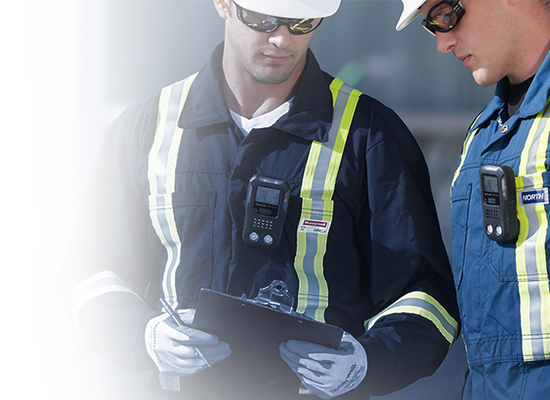
VOC is an acronym for Volatile Organic Compounds. These are Carbon-containing molecules that are gaseous at ambient temperatures. They are potentially dangerous to health and the environment and are found in a broad range of industries and locations.
Monitoring should never be mistaken for control. It is a method by which you can establish baseline measures and risk assessments and implement good control techniques; you can then confirm the efficacy of your control using monitoring over a short- or long-term basis. Exposure can be managed on an individual using monitoring if this is deemed to be an adequate part of control measures.
All VOCs have the potential to cause harm in high enough quantities or over long enough periods but the toxicity of each compound differs greatly. Exposure guidance in the UK is covered by EH40 which is a freely available document discussing Short Term Exposure Limits (STEL- 15 minutes) or over a normalised 8 hour working day Time Weighted Average (TWA).
All mixtures containing VOCs should be supplied with a Safety Data Sheet (SDS) which will specify the quantity of each VOC in the mixture, along with any particular actions that should be taken if exposure occurs.
VOC monitoring can be done in a plethora of different ways depending on risk and application. Available technologies include but are not limited to PID (Photo Ionisation Detectors), FID (Flame Ionisation Detectors), Colorimetric Gas Detection Tubes and Gas Chromatography (GC). Selection of the correct instrumentation is very important and is determined by the requirements of your application, so please contact us for additional advice so we can help specify the right choice.
This varies by technology. Most PIDs are Zone 1 rated, but there are lower-cost options which are not. FIDs and Gas Chromatographs are usually Safe Zone use only. Always double-check the rating of the instrument before deployment.
This is entirely application-driven and dependent on risk. Please contact us to discuss your application in more detail to diagnose the correct measurements you will require.
The ionisation potential of any gas is the amount of energy required to displace an ion and therefore give it a charge which is detectable. All gases in the universe have an ionisation potential, some higher and some lower. In order to detect a gas with a PID for example, the ionisation potential of the gas must be lower than 11.7eV (electron volts) for the gas to be ionised and detected.
Shawcity provides a consultative approach to identifying the correct measurement technology and is able to download and retrieve data for from an instrument if it has been supplied by us and the download has been requested at the outset.
Unfortunately, we do not offer the service of interpreting results or making control recommendations as this would be the job of an occupational hygiene consultant. We are more than happy to recommend appropriate organisations, such as the BOHS, who will be able to help you identify members who are qualified to work with you.

© Shawcity 2021
Shawcity Limited. Company registered in England No. 1273269 | ISO 9001-2015 certified.
© Shawcity 2021
Shawcity Limited. Company registered in England No. 1273269 | ISO 9001-2015 certified.